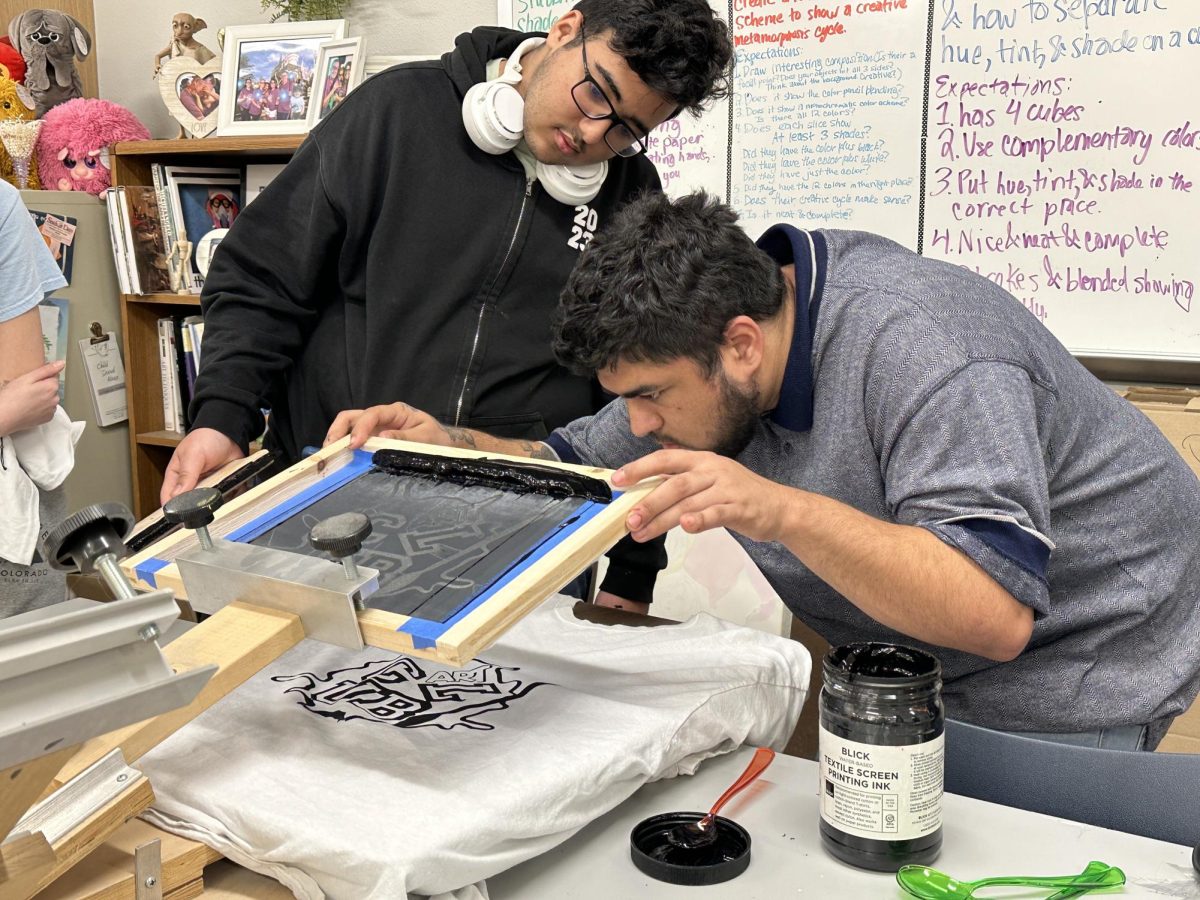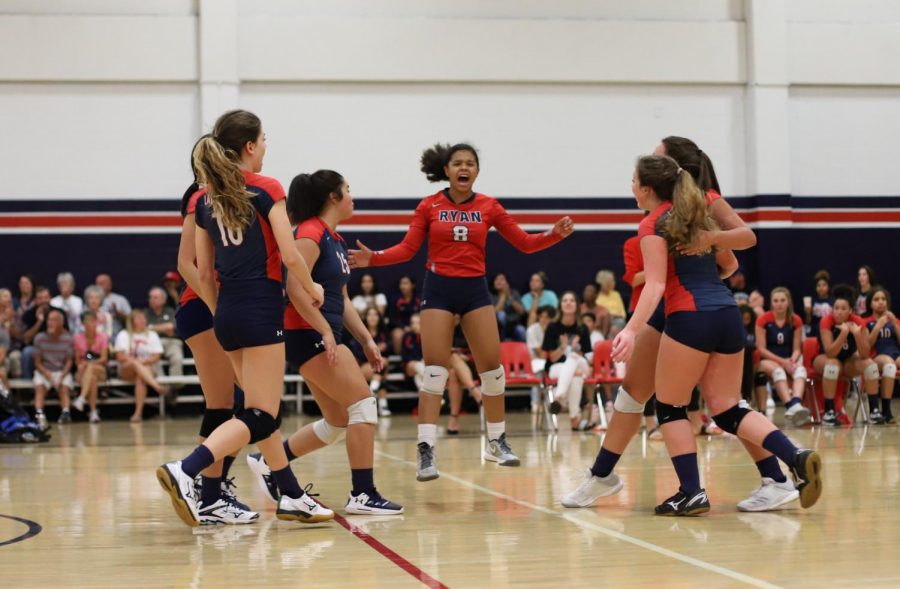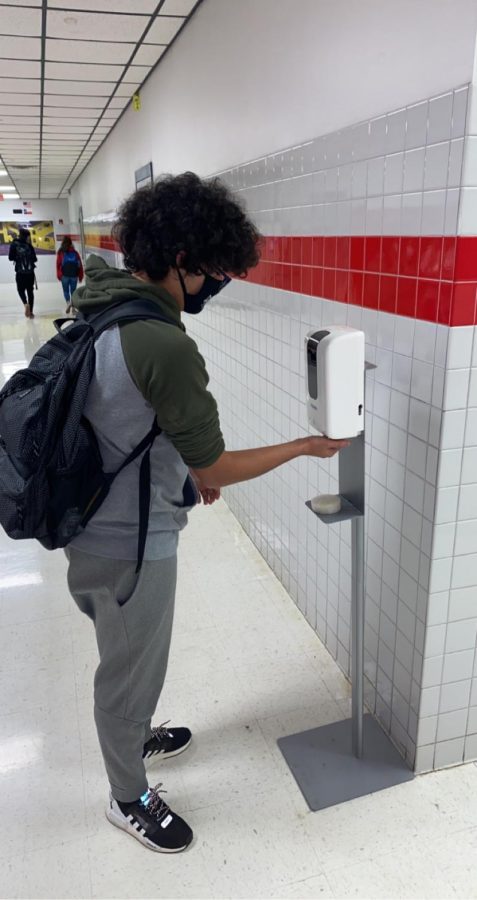Beginners Guide to Wasting Hours Painting Toys
When I first wrote about the tiny toy men that take up so much of my spare time, I was pleasantly surprised to see how positively it was received. So due to popular demand, I’m back, this time focusing more on the painting side, and how to get better at coating the plastic in that sweet, acrylic paint.
In order to properly paint models, there are a few things to know beforehand so painters don’t seal their models’ fate before even beginning. The first step is very simple, yet by far the most crucial of painting; thinning paints. Luckily for all ye who are faithful, it’s as simple as getting paint on the pallet, and adding a drop or two of water, and mixing it in. Doing this to all acrylic paints before painting makes the finished result much smoother, and leaves more room for mistakes and fine details. Without thinning the paint first, it can be too thick, making the model look like The Toxic Avenger, a mutated janitor who looks like a peach someone dropped under their fridge and fermented for 3 years, from the hit 1984 movies.
Now that the paint has been thinned, it’s important for any model painter to take care of their brushes, saving money and time. As a general rule, don’t let paint go over half way into the bristles, and cleaning thoroughly every couple minutes. This ensures that the paint won’t dry in the bristles,ruining the brush, and forcing the need to slap another 12 dollars down for a newone. To clean a brush, make sure to dip the brush fully in water, settling into the bristles as to get rid of excess paint. As a wise man once said, “you gotta beat the devil out of it”.
After learning the two most important rules for any beginner, adding layer after layer to reach the final result. To really make a model stand out from the rest, certain techniques might be needed. Some of these methods include highlighting, and shading. To use these forms of painting, special steps and brushes are necessary. A good starting place are the Citadel brushes and paints. This company sells brushes and paints made specifically for these techniques. Shading is perhaps the easiest of the three techniques, as all the painter needs is a larger brush, and a watery “shade” paint. Filling the brush with this type of paint is simple as it soaks into the bristles in a few seconds. Application is fast and easy, just let the shade sink into the recess’ of the model, adding a shadow effect, or lather the model in it, leading to a dirtier, matte look.
To build off of previous shading, highlighting is another step to really make toy men pop in a crowd. There are two forms of painting? highlights, dry brushing and edge highlighting. Dry brushing is the simplest and most forgiving of the two, simply take a paint onto a wide brush, and rub it deeply into a paper towel until almost only pigment is left on the brush, then flick the brush on the edges of the model, giving it a rough and uneven highlight. Edge highlighting sounds simple, but is actually the equivalent of trying to solve a 1000-piece jigsaw puzzle, made of solely different shades of red. To achieve edge highlights, take a very small brush, scoop almost no paint onto the very tip of the brush, and gently drag it on the sharpest edges, making sure not to spill over the edge. The final result should make the models features
All in all, painting figures is seen in one of two ways, as a hassle, or as an enjoyable pastime. This feeling can change over time as someone gets more practice in, or as they change what they’re painting. Once done with a model, it’s up to the owner to decide what they do with it. Some choose to use them in board games, others do it simply to put on display or to improve their skills. No matter what though, as long as the process was somewhat enjoyable, consider it a success and improve upon it. Or give up because it didn’t live up to the standards set, and now nothing matters because it isn’t up to professional standards.

Hey, my name’s Ethan Bowen, I'm currently a junior here at Ryan. In my free time I enjoy writing, playing Dungeons & Dragons and painting tiny toy...




















